yess.. I too always remember to artfully leave the brand name visible when engaging in totally-not-guerilla-marketing on a meta-campaign by an advertising company.
edit: here we all are helping, too. sees 2nd raptor "clever girl..."
yess.. I too always remember to artfully leave the brand name visible when engaging in totally-not-guerilla-marketing on a meta-campaign by an advertising company.
edit: here we all are helping, too. sees 2nd raptor "clever girl..."
"South Africa, which is functioning as the legal arm of the Hamas terrorist organization [...]"
-- https://twitter.com/LiorHaiat/status/1745427037039280207 (https://archive.md/L7AwX)
Machine-generated summary courtesy of Kagi's summarizer (filling in for TL;DRbot):
Summary: The "anti-Germans" are a left-wing political movement in Germany that strongly supports Israel and criticizes any expression of solidarity with Palestine as anti-Semitic. While they began as a fringe group opposing German nationalism, they have now achieved mainstream success in promoting pro-Israel stances. They focus heavily on depicting Muslims and pro-Palestine activists as Nazis. Over time, the movement has moved away from leftist politics and toward anti-Muslim rhetoric and support for right-wing positions. Many of its stances have now been adopted more broadly in German policy and discourse. Although the group itself may be less influential, its radical anti-Palestinian and anti-Muslim views have permeated German political life. Some former members have even gone on to respectable careers after pushing such views. In this way, the "anti-Germans" have had a significant impact on shaping Germany's approach to Israel and Palestine issues.
Dot points:
- At a pro-Israel demonstration in Leipzig, Germany, flags of Israel and the antifa movement were flown together, showing the unusual alliance between pro-Israel and far-left groups in Germany.
- The anti-Deutsch movement started as a radical left opposition to German nationalism but is now defined by its hardline support for Israel and criticism of any expression of solidarity with Palestine.
- Support for Israel has become increasingly mainstream in German politics, while support for Palestine has been marginalized. The anti-Deutsch movement has found new relevance as a result.
- The anti-Deutsch movement emerged in reaction to fears that German reunification could lead to a resurgence of German nationalism and Nazism. They blamed inherent flaws in German culture and identity for the Holocaust.
- The movement's focus has shifted from criticizing capitalism to attacking Muslims and those expressing solidarity with Palestine as antisemites.
- The anti-Deutsch movement takes an extreme stance, believing that any means are justified to secure Israel's existence as protection against antisemitism.
- There have been attacks on pro-Palestine groups in Germany by those claiming to oppose antisemitism, showing the radicalization of some in the anti-Deutsch movement.
- The anti-Deutsch movement's extreme anti-Muslim positions have aligned with conservative parties' rhetoric on issues like immigration.
- While the anti-Deutsch movement's influence as a leftist group has waned, its anti-Palestinian and anti-Muslim politics have become mainstream in German discourse.
- Some former members of the anti-Deutsch movement have gone on to respectable careers in media and politics, showing how their views have diffused into the establishment.
There used to be a sign "helping" cyclists already on the freeway by telling them "cross here with care":
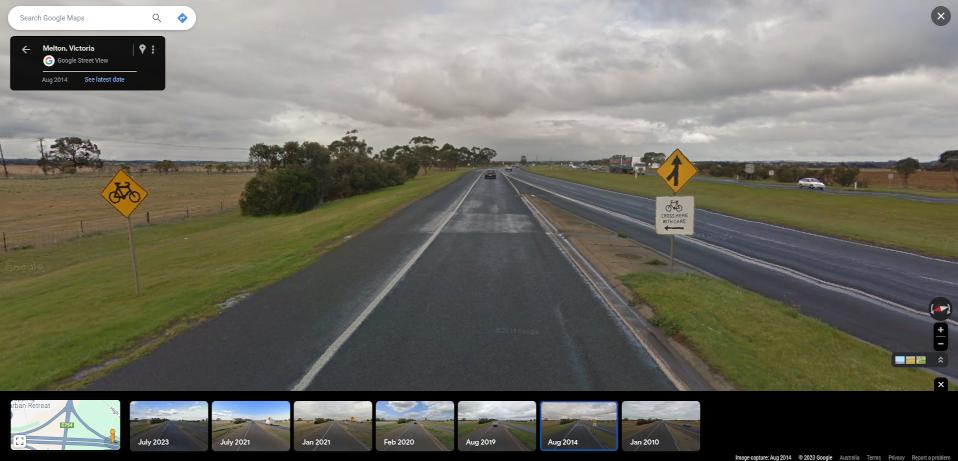
But it was obliterated by a vehicle:
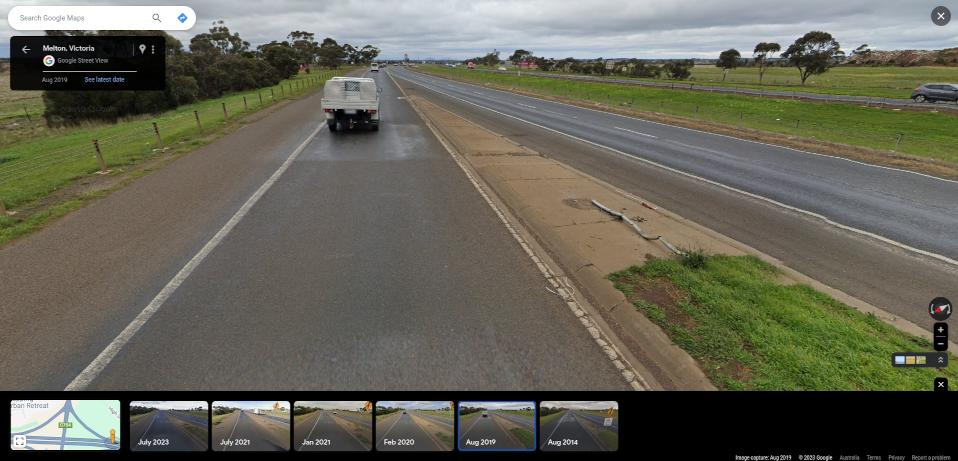
All around Vic, too. They generally don't even put in a bike lane, just say "use the emergency lane". Here's a sequence of images for one on the freeway in to Melbourne from Ballarat, starting from the onramp:
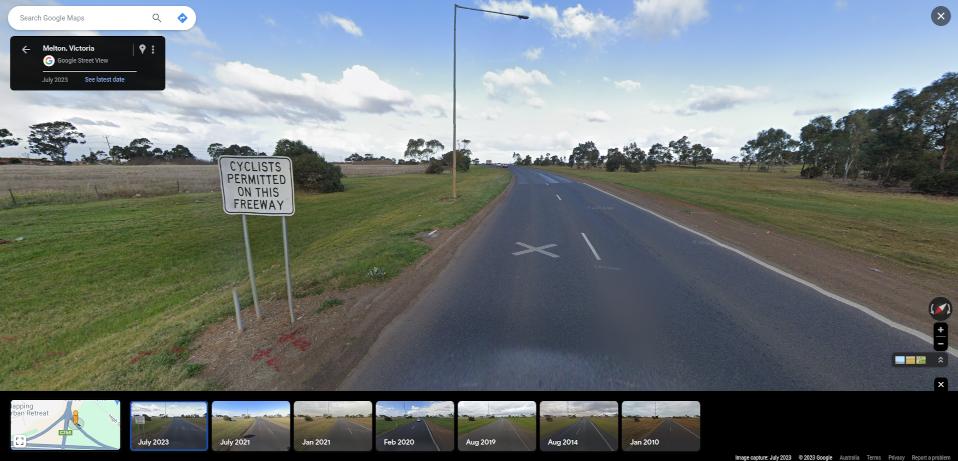
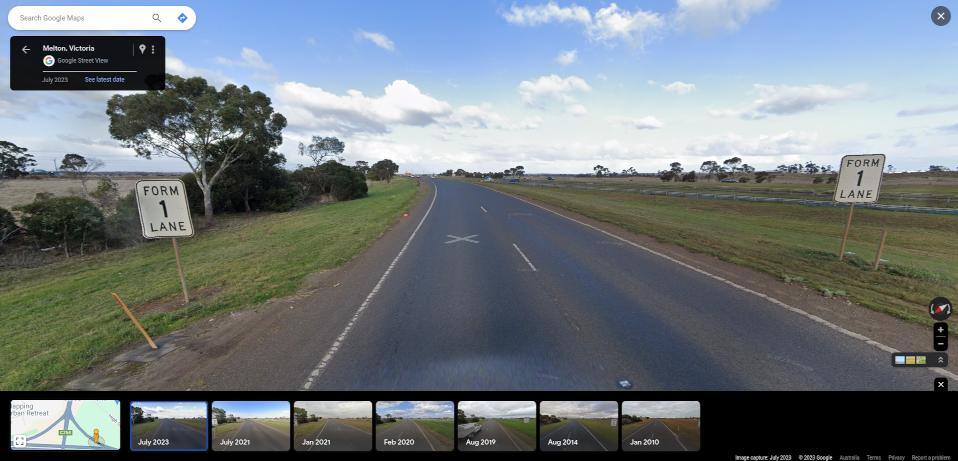

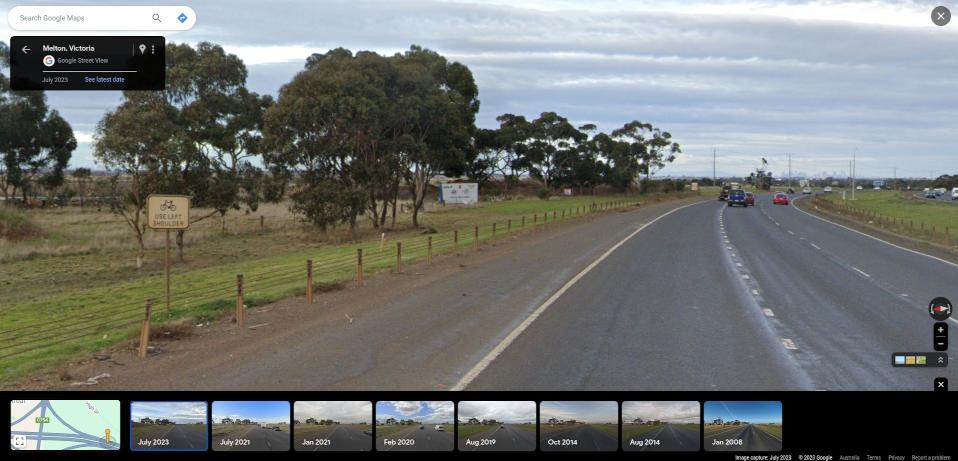
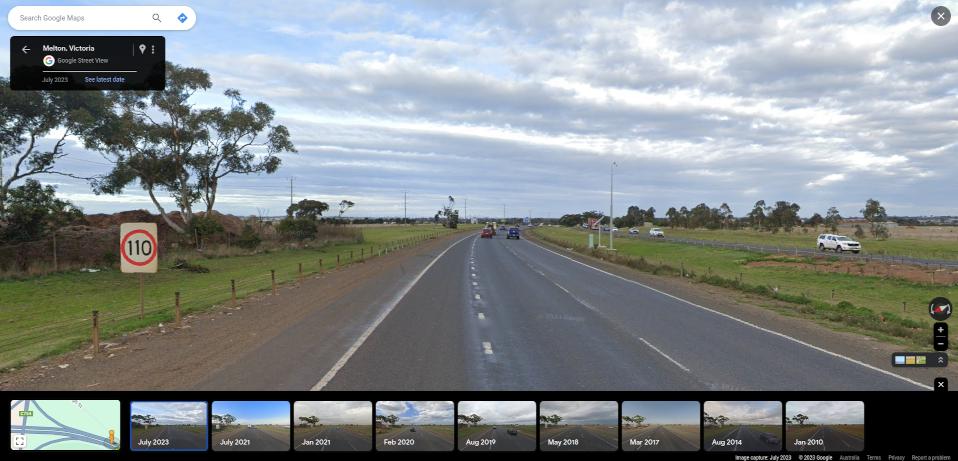
This whole stretch of freeway is 110 km/h (70mph). There are skid marks where vehicles have bailed out of a failing 110km/h merge.
The shoulder is the emergency lane. It's where drivers pull over into if there's an unavoidable hazard ahead or their brakes are failing or something.
Heh. Wishful thinking.
you need not one more lane but 6 times as many lanes
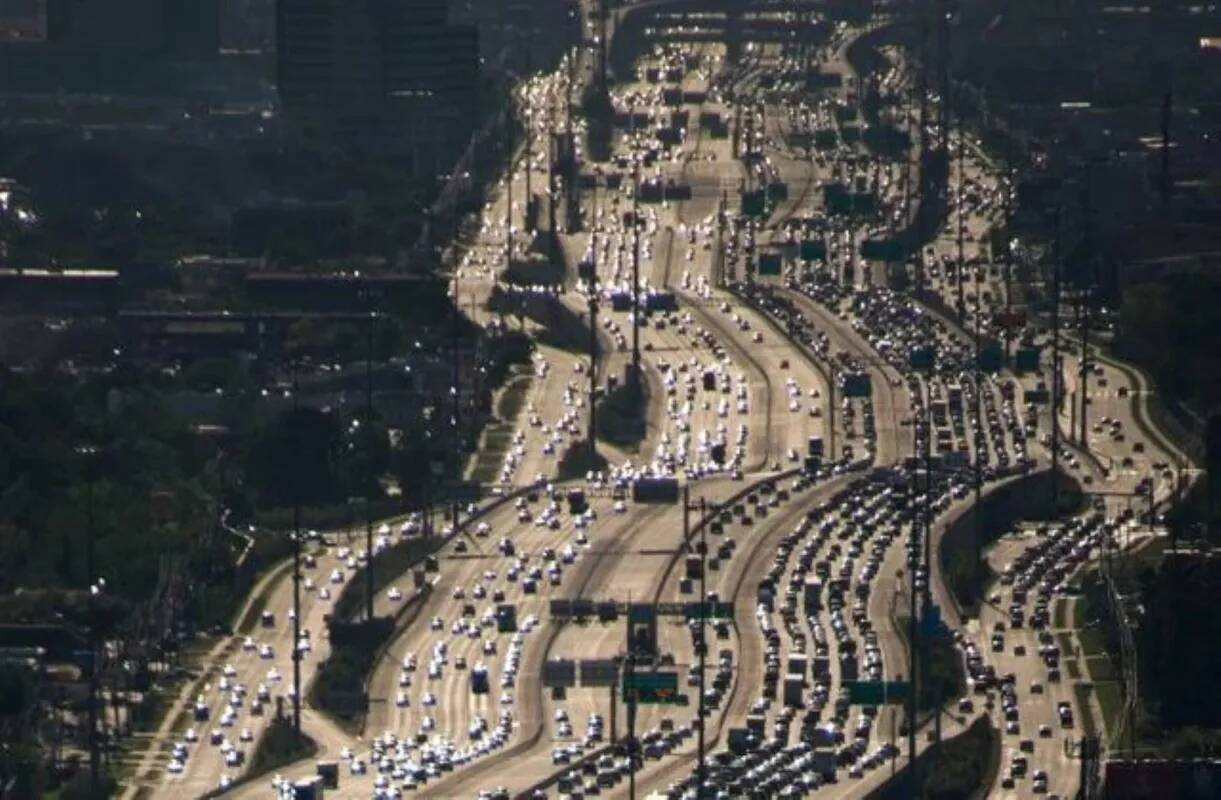
"We sent you an SMS with a 4 digit number, please type it in this box" is a pretty low bar.
I have some tins and cans of old paint from hard rubbish. Negative cost to me since it uses up the old paint so I no longer need to make a trip to council's hazardous waste drop-off.
I can save my tape for other purposes and use my cardboard to stop weeds growing in my garden.